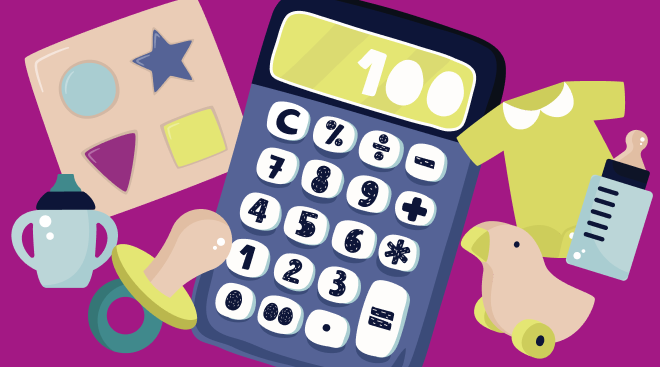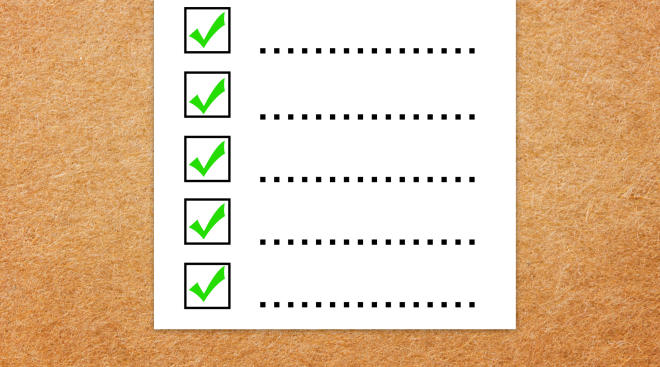Coverdell Education Savings Account: Everything You Need to Know
The earlier you start saving for any big expense—a vacation, a car, a house—the better. And it’s no different when it comes to a college savings plan for your child. Even if the little bundle of joy is still chilling in the baby bump or just a twinkle in her parent’s eye, it’s never too soon to begin saving for baby’s future. And an education savings account can be just the way to save.
With at least 18 years ahead of you, you may think you have plenty of time to grow a college fund. But when you break down the higher education expenses to come, reality might change your tune. College tuition, room and board, books and supplies add up quickly over four years, and by the time your child is ready to experience dorm life, costs are expected to start at more than $215,000, according to SavingforCollege.com.
That breaks down to stashing away about $465 per month with a six percent after-tax rate of return over 18 years in order to pay the tuition in full. So basically, it’s like having an expensive car payment until your child turns 18. And if you have more than one child, the number multiplies, quickly rivaling the expense of a mortgage payment.
There are number of ways to put money away for college—traditional savings accounts, investing in the stock market or stashing it under the mattress. However, a Coverdell Education Savings Account might be a smarter move toward growing your funds efficiently and effectively.
If you’re new to education savings accounts, the Coverdell is essentially a college savings option that comes with a higher rate of return than traditional bank savings accounts, as well as federal tax advantages. The funds may be used for educational expenses, but the money is not limited to just college. So if there’s a swanky preschool, prep school or private school you’d like molding your child’s mind, any hefty price tag associated may be paid from the education savings account.
Another education savings plan often compared to the Coverdell Education Savings Account is the 529 plan. It too comes with higher returns and investment options and is meant for educational expenses. However, the 529 plan only allows the funds to be used toward post-secondary education, such as traditional colleges, community colleges and vocational institutions, while the Coverdell allows funds to be applied to education-related expenses from preschool on up.
To decide if an education savings account is right for your needs and your investment approach, familiarize yourself with these education savings account rules.
- Age: An education savings account can only be opened for children under the age of 18, and contributions cannot be made to the account past the age of 18.
- Contribution limits: The total contributions per beneficiary cannot exceed $2,000 per year, regardless of how many accounts that beneficiary may have. If the contributions limits are exceeded, a six percent excise tax on the excess is applied.
- Taxes: Contributions made to the education savings account are not tax deductible, but the earnings grow exempt from federal taxes.
- Income restrictions: The income phase-out for an education savings account is up to $110,000 for single taxpayers and $220,000 for couples filing jointly, according to SavingforCollege.com.
- Fund allocation: Money from the education savings account can be used to pay for qualifying educational expenses (QEE) from Pre-K through college. Expenses include tuition, fees, books, supplies, equipment, housing, uniforms, transportation and special needs related costs.
- Expiration date: Money in an education savings account must be used prior to the beneficiary turning age 30 to avoid incurring a tax penalty. However, the money can be rolled over into the account of a qualifying member of the beneficiary’s family who is under the age of 30.
- Transfers: An education savings account can be transferred to a qualifying member of the beneficiary’s family under the age 30 in the event that the beneficiary has excess funds or will not use the money. The money can also be transferred into a 529 plan. However, funds from a 529 plan cannot be transferred to an education savings account.
- Distributions: Typically the money distributed to the beneficiary is tax-free, so long as the funds are used on QEE. Once the beneficiary turns 18, she has control of the money distribution and does not need the permission of the account owner to access funds, even if doing so results in penalties.
Since the contributions made to a Coverdell Education Savings Account are done so using after-tax dollars, the money withdrawn from the education savings account, including any earnings, is tax-free. The one caveat is that the Coverdell Education Savings Account withdrawal must stay within the limits of the QEE. Any amount in excess of the QEE is subject to income tax and a 10 percent penalty tax. If the beneficiary also has a 529 plan, the QEE applies to both accounts combined.
And again, education savings account money not withdrawn or rolled over to a qualifying family member before the designated beneficiary turns age 30 is also subject to income tax and a 10 percent penalty tax.
When it comes to education savings accounts, the Coverdell is the only type available. They are offered and can be opened at most banks, credit unions, mutual fund companies and brokerage firms. Each location comes with its own fees, investment options and account features. Shop around to see what is available and which plan offerings are best for your education savings plan.
Navigate forward to interact with the calendar and select a date. Press the question mark key to get the keyboard shortcuts for changing dates.





















































